Description

5. Stability and Reliability
- Robust Design: The MVME5100 is built with a rugged enclosure that provides protection against dust, moisture, and mechanical vibrations. This makes it suitable for use in harsh industrial and power system environments, where these factors can affect the performance of electronic devices.
- Redundant Power Supply: Some models of the MVME5100 may be equipped with a redundant power supply. In case of a power failure in one supply, the other can take over immediately, ensuring continuous operation of the device and preventing data loss or system downtime.
- Error – Detection and Self – Recovery: It has built – in error – detection mechanisms that can detect and diagnose faults in real – time. It can also perform self – recovery operations, such as restarting a malfunctioning module or switching to a backup communication path, to maintain system stability.
6. Parameter Specifications
- Power Supply: It operates on a 5V DC power supply, with an allowable voltage range of 4.75V to 5.25V. This narrow voltage range ensures stable and accurate operation of the device.
- Memory:
- RAM: It is equipped with 128 MB of RAM, which can be expanded to 256 MB. This provides sufficient memory for running complex applications and storing data.
- Flash Memory: It has 16 MB of flash memory for storing the operating system, application software, and configuration data.
- Communication Interfaces:
- Ethernet: It has one Ethernet port supporting 10/100 Mbps data transfer rates, allowing for high – speed data communication with other devices in the network.
- Serial Ports: There are two serial ports (RS – 232) for communication with legacy devices or for debugging purposes.
- Parallel Port: It also has a parallel port for data transfer with other parallel – compatible devices.

1. Real – world Case
In a large – scale power grid control center, the MVME5100 was employed to manage and monitor the distribution of electrical power across multiple substations. One day, there was a sudden increase in electricity demand due to a heatwave, which put a strain on the power grid. The MVME5100, connected to a network of sensors and control devices at various substations, continuously monitored the power flow, voltage levels, and load distribution.
It quickly analyzed the real – time data and detected the abnormal increase in demand. Based on pre – programmed algorithms, the MVME5100 sent commands to the substations to adjust the power output, redistribute the load, and activate backup power sources. As a result, the power grid remained stable, and blackouts were avoided, ensuring a continuous supply of electricity to millions of consumers.
2. Applications
- Power Systems: In addition to power grid control, it can be used in power generation plants, such as hydroelectric, thermal, and nuclear power plants. It helps in controlling the operation of generators, turbines, and other power – generating equipment, optimizing power output and ensuring safety.
- Industrial Automation: In manufacturing industries, the MVME5100 can be used to control and monitor production lines, robotic systems, and other automated equipment. It coordinates the operation of different devices to improve production efficiency and product quality.
- Transportation: In the railway and aviation industries, it can be used for traffic control, signal processing, and on – board systems. For example, in high – speed trains, it can control the speed, braking, and safety systems.
3. Weight and Dimensions
- Weight: The MVME5100 weighs approximately 2.5 kg. This weight is relatively manageable, which is convenient for installation and maintenance, especially in large – scale control systems with multiple units.
- Dimensions: It has dimensions of about 260 mm in length, 200 mm in width, and 80 mm in height. These dimensions allow it to be easily installed in standard 6U VMEbus racks, which are commonly used in industrial and power system applications.
4. Features
- High – Performance Computing: It is equipped with a powerful processor that can handle complex computational tasks and process large amounts of data in real – time. This enables fast decision – making and control in dynamic industrial and power system environments.
- VMEbus Compatibility: The MVME5100 is designed to be compatible with the VMEbus standard. This allows it to be easily integrated into existing VME – based systems, providing a cost – effective solution for system upgrades and expansions.
- Multiple Communication Interfaces: It offers multiple communication interfaces, including Ethernet, serial ports, and parallel ports. This allows it to communicate with other devices in the system, such as sensors, actuators, and human – machine interfaces (HMIs), facilitating seamless data exchange and system integration.


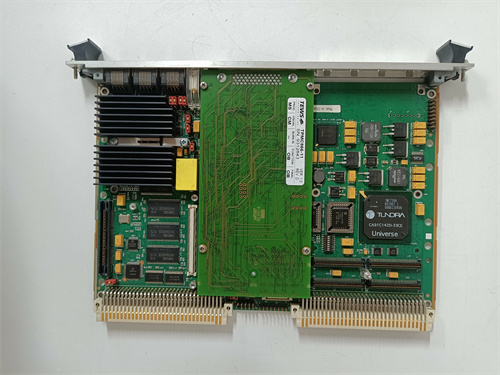
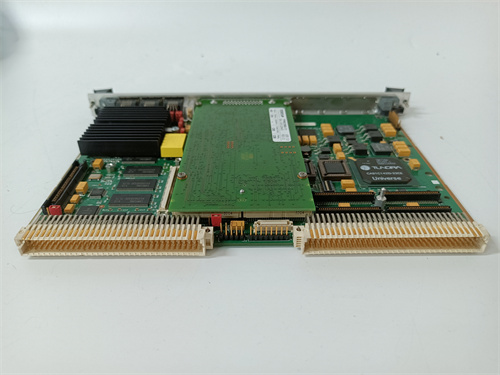
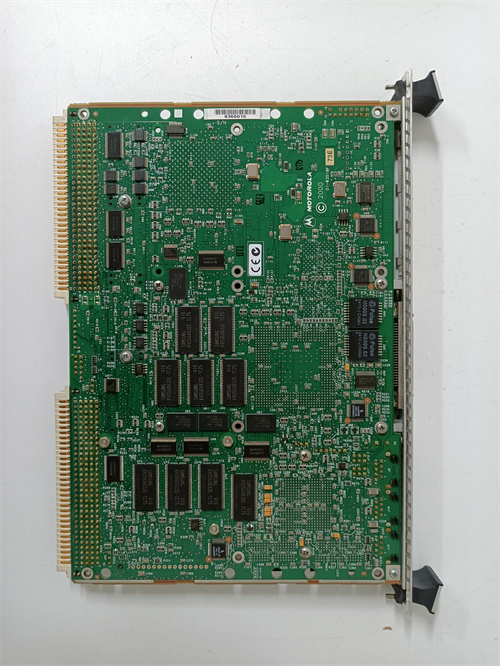
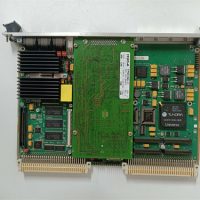
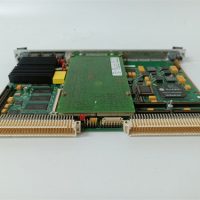
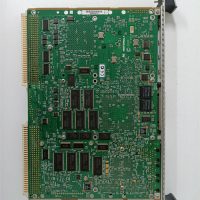
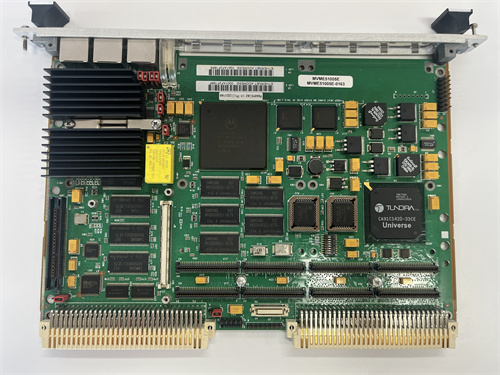
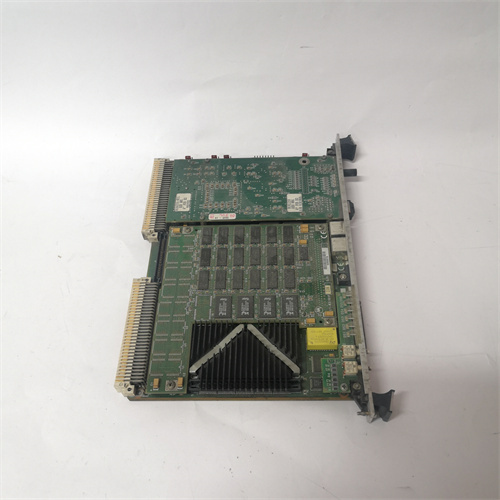


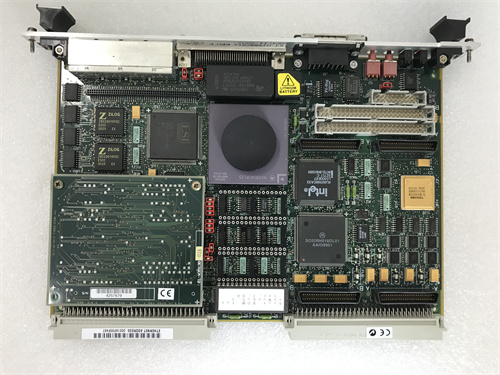
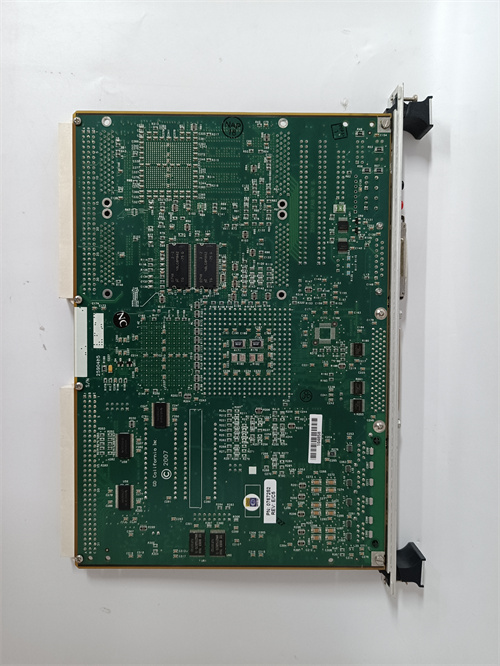
Reviews
There are no reviews yet.